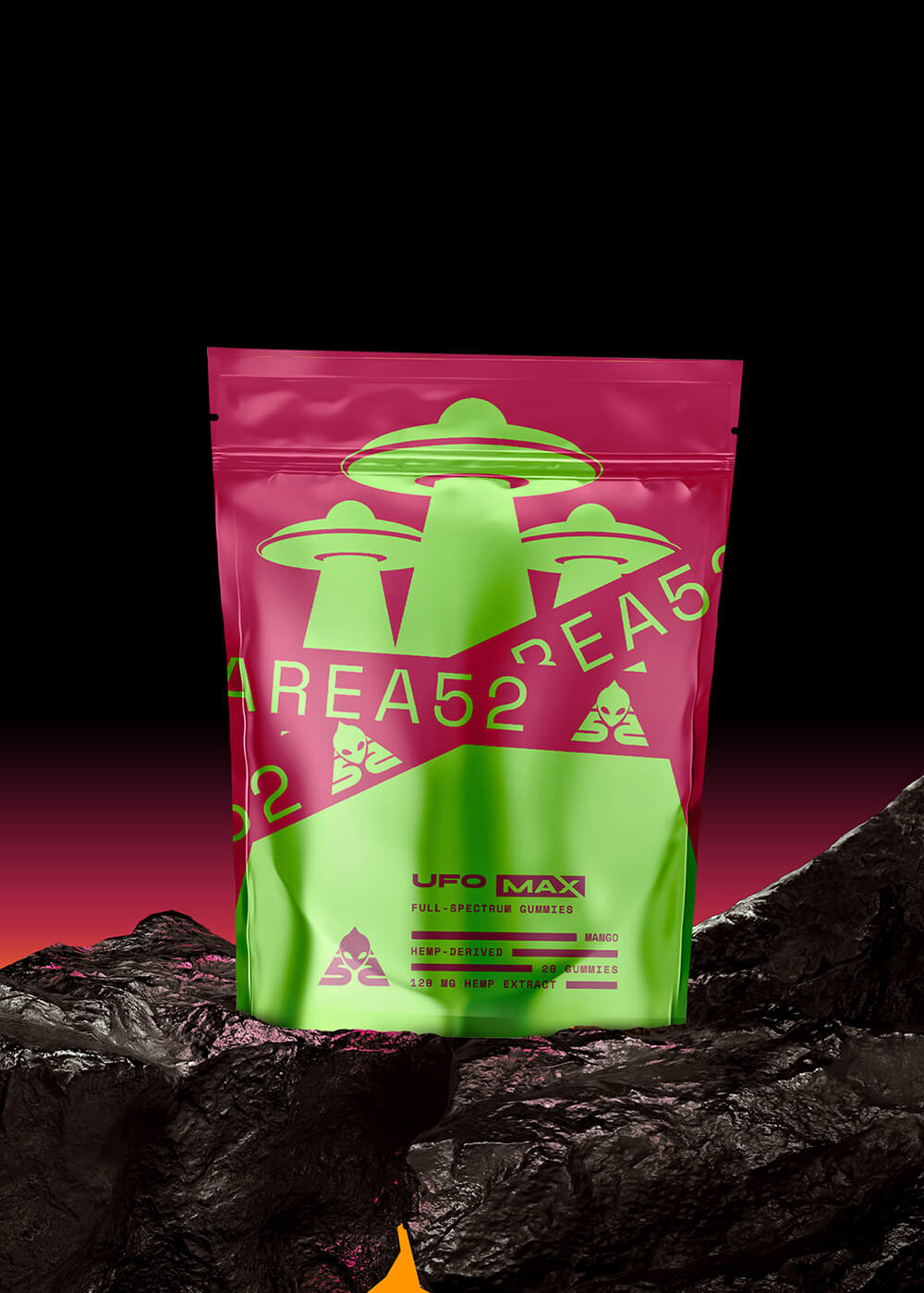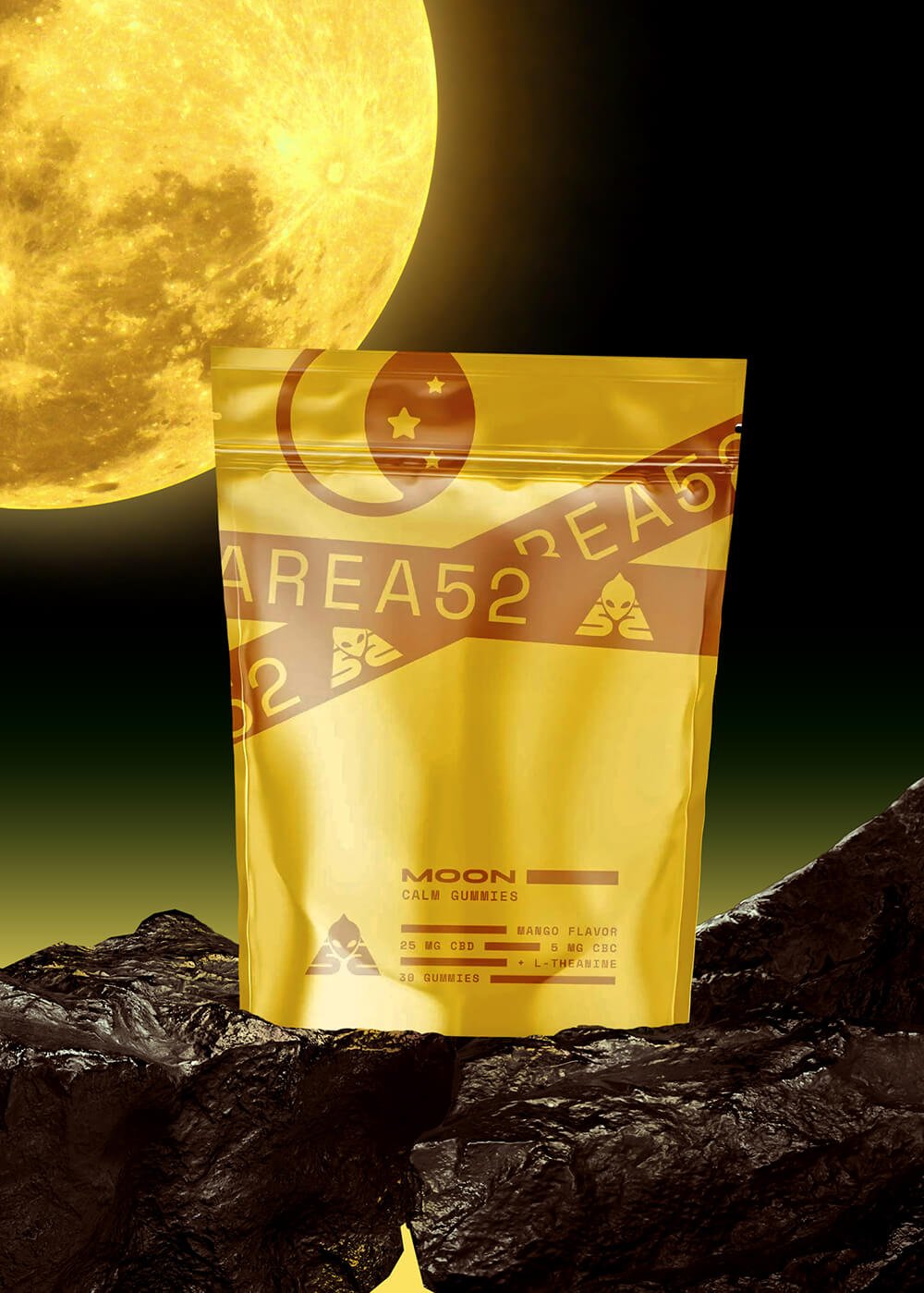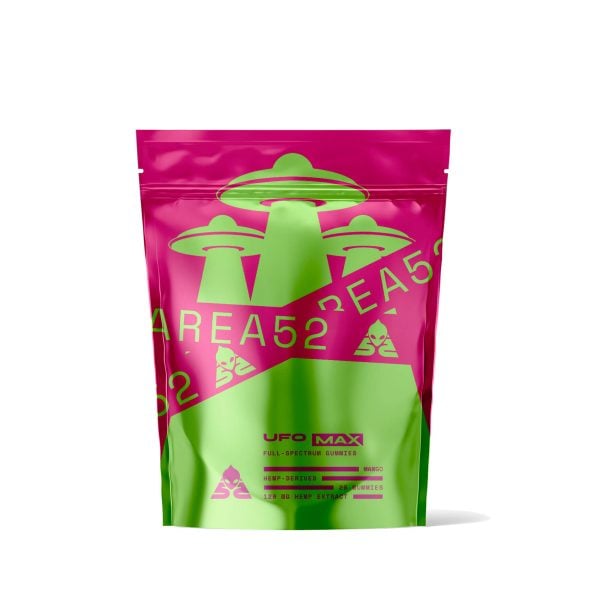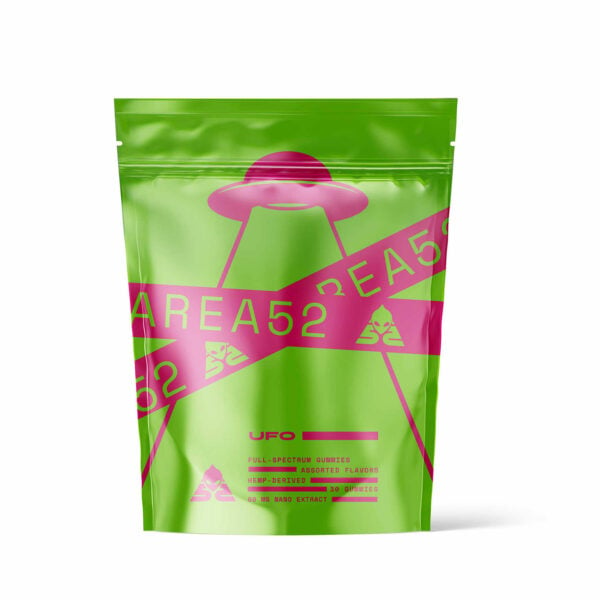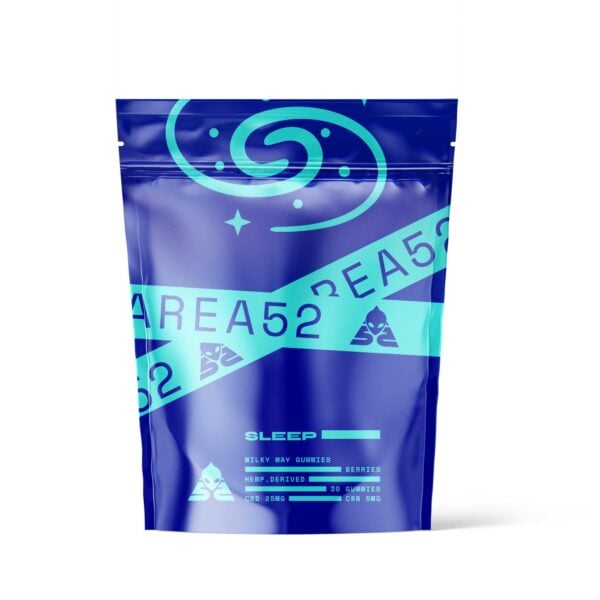What is the 2018 Farm Bill? Hemp Legalization and Status of CBD
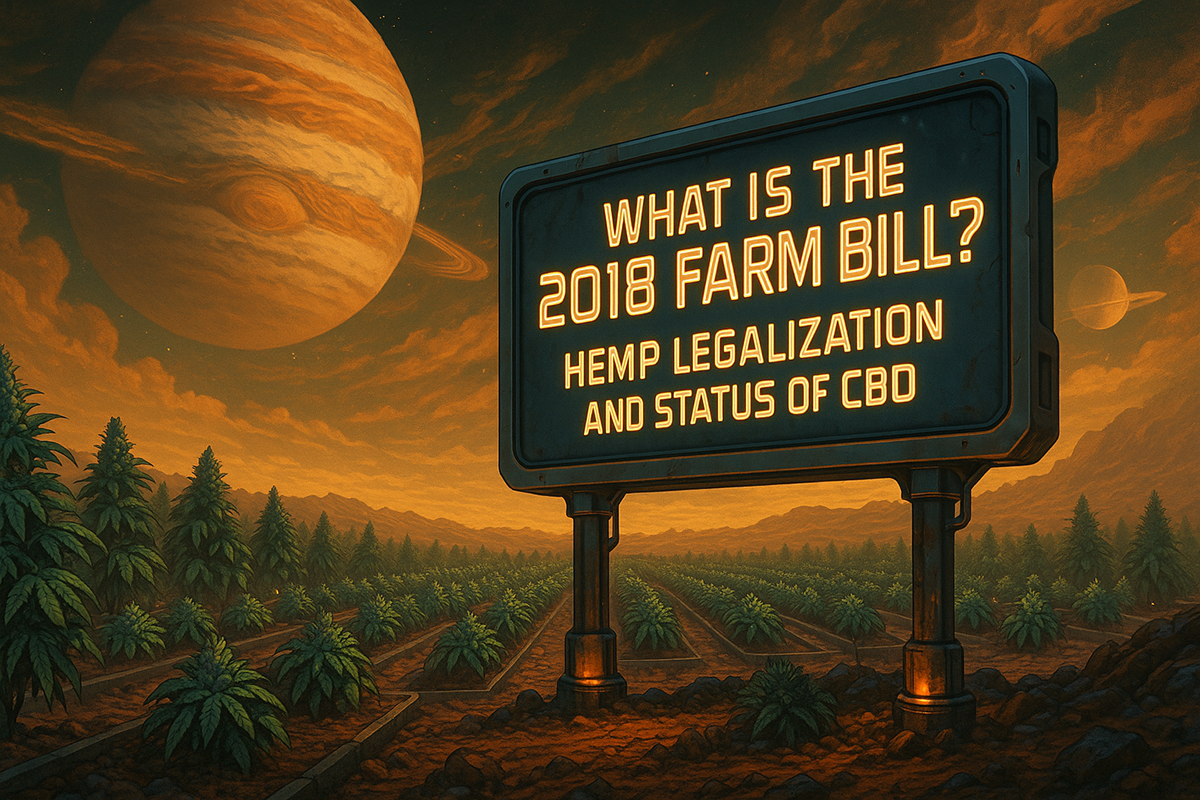
The 2018 Farm Bill, also known as the Agriculture Improvement Act of 2018, builds upon other agricultural laws and programs that cover the farm sector, but what made this bill extra-special is its effects on the cannabis industry. It legalized industrial hemp, a variety of Cannabis sativa, and gave us access to CBD and other cannabinoids.
Although the bill contains many restrictions on hemp cultivation, it’s still a big step forward.
What is the History of the Farm Bill?
The first farm bill was enacted in 1933. The Agricultural Adjustment Act of 1933 was primarily created to support and protect the farmers during the Great Depression. The first farm bill made sure the farmers received a fair price for their products as well as government assistance.
In the almost nine decades that followed, there have been 18 farm bills in all. The bill gets updated every five years.
The most recent one is the Agricultural Improvement Act of 2018 or most commonly known as the 2018 Farm Bill. It was signed into law by President Donald Trump on December 20, 2018.
The provisions found in the 2018 Farm Bill will end in 2023, after which a new one will be deliberated and based on any new challenges the agricultural sector is facing at that time.
Whatever the changes may be, the primary goal is always to protect the farmers, consumers, and the country’s natural resources.
What is the 2018 Farm Bill?
The primary goals of the 2018 Farm Bill are to [1]:
- Provide support and financial assistance to the country’s farmers as well as ranchers
- Strengthen farm bill programs
- Expand support for local food systems by directly bridging farmers to consumers through community-supported agricultural programs
- Provide better protection and insurance against crop loss, lower yield, or natural disasters
- Give low-income families access to healthy foods through nutrition assistance programs like the Supplemental Nutrition Assistance Program
- Protect the nation’s natural resources
What Does It Cover?
The Farm Bill includes the following:
- Title 1, Commodities, helps farmers grow non-perishable crops such as rice and corn by providing assistance when revenues decline or during natural disasters. This also covers tree fruit producers and livestock.
- Title 2, Conservation, gives agricultural producers assistance when it comes to natural resource conservation efforts.
- Title 3, Trade, strengthens and supports the export programs. This includes assisting with international food aid programs.
- Title 4, Nutrition, provides food and nutrition assistance to low-income households through several programs.
- Title 5, Credit, offers financial assistance to farmers through direct loans to help with their farming operations.
- Title 6, Rural Development, supports the economic growth of rural businesses and community development programs. Support includes grants and loans as well as telecommunications (including broadband) and infrastructure.
- Title 7, Research, Extension, and Related Matters, covers research on food and agriculture that will help farmers and ranchers become more innovative and productive.
- Title 8, Forestry, further protects the public as well as private forest lands and resources.
- Title 9, Energy, encourages and supports the use and research of renewable energy in the cultivation, production, and processing of crops.
- Title 10, Horticulture, provides help and assistance to specialty crops farmers (nursery products, fruits, tree nuts, vegetables, and hemp) through funding and research.
- Title 11, Crop Insurance, provides subsidies and policies that protect farmers from losses in yield and crop and whole-farm revenue.
- Title 12, Miscellaneous, covers programs and assistance for beginning farmers and ranchers, especially when it comes to the health and disease preparedness of poultry and livestock.
How Does the 2018 Farm Bill Differ from the 2014 Farm Bill?

The passage of the 2014 Farm Bill already gave the hemp industry a boost. It allowed state agriculture departments and higher institutions of learning to grow hemp legally, as long as it complies with state laws.
The 2014 Farm Bill also set the THC limit of industrial hemp at 0.3% on a dry weight basis.
However, under the 2014 Farm Bill, all varieties of cannabis (including hemp) were still classified as Schedule I controlled substances.
The 2018 Farm Bill, on the other hand, removed the restrictions on industrial hemp, finally legalized it, and removed it from the list of Schedule I controlled substances. This received the support of not only the cannabis industry but national farm groups as well.
The THC limit set for industrial hemp remained the same at 0.3% or lower. Hemp containing more than the legal THC limit is considered marijuana and is illegal under federal laws.
What is Hemp as per the 2018 Farm Bill?
Industrial hemp, per federal laws, is defined as any cannabis plant that contains a THC level of no more than 0.3% on a dry weight basis.
The 2018 Farm Bill allows us to grow industrial hemp and use all its parts in products. We can legally use the hemp flowers, leaves, stalks, and seeds, along with any derivatives, extracts, and cannabinoids.
If the cannabis plant contains a THC level of more than 0.3%, it’s considered marijuana and federally illegal.
Even if the state legalized marijuana for medical and recreational use, it’s still a Schedule I controlled substance under federal law and must never cross state borders.
What Does the 2018 Farm Bill Mean for the Cannabis Industry?
Hemp legalization may only be a small part of this important bill, but it’s changing the whole agricultural industry.
Hemp is a versatile crop and offers many opportunities to farmers who grow them. It’s also drought resistant, offers bigger yields, and needs minimal maintenance. Many industries use it — from the insulation and construction industries to the paper and fabric industries.
Out of all these industries, it’s the cannabis industry that welcomes these changes the most.
The 2018 Farm Bill means a huge step forward for the cannabis industry, but it also comes with restrictions.
Before discussing the restrictions imposed on industrial hemp, let’s first talk about how the cannabis industry benefits from this new farm bill.
1. Cultivation
The bill allows us to cultivate hemp not just for research studies and pilot programs but for the use of the general population as well.
2. Possession
Now, we’re allowed to buy and possess hemp-derived products without any legal ramifications or age and possession limits unless the state imposes them. This means you don’t need to obtain any prescription or recommendation from your doctor to buy hemp-derived CBD.
3. Transporting
The 2018 Farm Bill also allows us to transport hemp-derived products (even CBD) across state borders for commercial or personal use. This means you can drive or fly with it.
4. Research
The bill protects hemp research, including studies on the many benefits, potentials, opportunities, and products made from industrial hemp.
5. Crop Protection
Similar to other crops, the bill also protects hemp farmers from crop losses.
What is Restricted Under the 2018 Farm Bill?
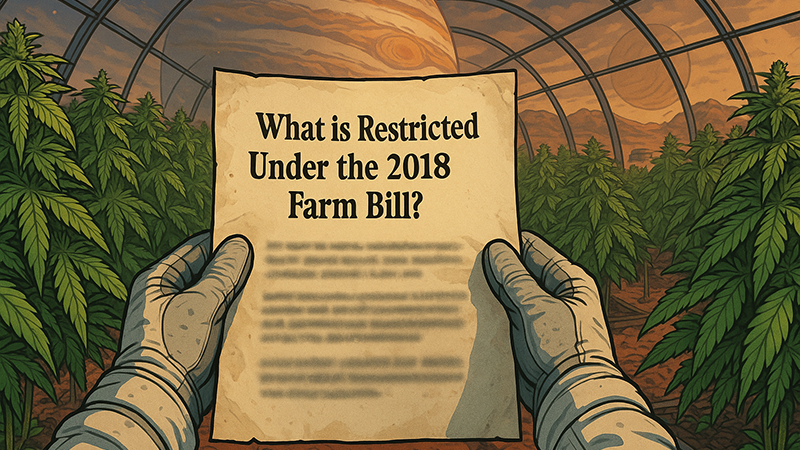
Does this mean we’re free to use hemp in any way we want? Well, hemp legalization also came with a lot of restrictions.
1. THC Amounts
As mentioned earlier, only cannabis plants containing less than 0.3% THC may be considered industrial hemp. If you get caught cultivating, selling, buying, using, and possessing hemp-derived products containing more than 0.3% THC, the 2018 Farm Bill doesn’t protect you from the law.
2. Growing Hemp
Not all people are allowed to cultivate industrial hemp. It may already be legal, but this doesn’t mean that you can plant them like you would your vegetables and herbs.
Cultivating industrial hemp and producing hemp-derived products are tightly regulated by both federal and state laws. If you want to cultivate hemp, you have to apply for licenses and stay compliant with the laws to keep your license.
Violations are punishable by law, and repeat offenses may qualify as felonies.
Does the 2018 Farm Bill Legalize CBD?
It depends, so to better understand the legality of CBD, you have to look at CBD’s two sources.
Hemp and marijuana fall under the cannabis plant family. Both produce cannabinoids. These include not just CBD but other cannabinoids like CBN, CBG THC, and others.
However, by law, hemp can’t have more than 0.3% THC, which is why hemp isn’t intoxicating; anything above this THC limit is considered marijuana and thus illegal.
CBD, regardless of where it’s sourced from, has the same chemical structure. Because of the legality of its source, though, CBD from hemp is legal, while CBD from marijuana isn’t.
Marijuana-derived CBD is only legal in states that have legalized marijuana — either for medical or recreational purposes (or both).
State laws vary and can change, so make sure you know your local laws.
What is the Farm Bill Loophole for Cannabis?
When the 2018 Farm Bill was passed, it inadvertently created a loophole that allowed brands to produce psychoactive products and sell them legally. This led to the proliferation of products containing psychoactive cannabinoids like delta 8, delta 9, delta 10, HHC, HHCP, THCP, and THCA, among others. As long as the cannabinoids are derived from hemp and the THC content doesn’t exceed 0.3% on a dry weight basis, then the product is technically legal under federal laws.
Today, cannabis is the most widely consumed drug in the US. You’ll see these cannabinoids in various forms — from oils and tinctures to inhalable products like carts, vapes, flowers, and pre-rolls. This widespread availability, of course, raised concerns about the risks of cannabis dependence, cannabis use among youths, and increased exposure to secondhand cannabis smoke from smoking cannabis.
If you or a loved one is dealing with drug abuse and cannabis withdrawal symptoms, seek medical help.
Final Thoughts — What is the 2018 Farm Bill?
The first farm bill was enacted in 1933 to combat the effects of the Great Depression and to protect the farmers. Every five years, the bill gets updated to reflect the current challenges faced by our farmers. The latest update occurred in December 2018 when President Trump signed the 2018 Farm Bill, also known as the Agricultural Improvement Act of 2018.
While the 2018 Farm Bill strengthens the laws and programs that support our farmers, ranchers, low-income families, and the environment, it has become more notable and memorable for its legalization of industrial hemp. This opened up and boosted one of the most popular niches in the health industry right now: cannabinoids.
Nobody knows what will happen in 2023 when the farm bill gets updated again, but there’s hope that we may see more progressive cannabis reforms in the future.
FAQs and Controversies Surrounding the 2018 Farm Bill
The 2018 Farm Bill benefited the agricultural industry, but it’s far from perfect. Below are some of the commonly asked questions about the bill as well as a few issues surrounding it.
1. Did the 2018 Farm Bill Legalize Hemp?
Yes, the 2018 Farm Bill legalized industrial hemp and all its parts. This includes not just the seeds but stalks, stems, leaves, flowers, and cannabinoids and its extracts, acids, isomers, and derivatives as well. The bill also removed hemp from the list of controlled substances.
2. How Does the 2018 Farm Bill Define Hemp?
The 2018 Farm Bill defines hemp as any cannabis sativa plant that contains less than 0.3% THC on a dry weight basis. Hemp with more than 0.3% THC is considered marijuana and illegal under federal law.
If you’re interested in consuming cannabis products with more than 0.3% THC, know that they’re only available in states that have legalized marijuana for medical use, recreational use, or both. If you reside in a legal state, these products can be purchased through medical cannabis dispensaries or online.
3. What is the Loophole in the 2018 Farm Bill?
Because hemp is not considered a Schedule I controlled substance anymore, some businesses use hemp-derived cannabinoids to make products that may have psychoactive effects but still remain technically legal under federal rules. It’s not an official “loophole,” but it’s a legal grey area from the 2018 Farm Bill’s wording.
4. Why is the Farm Bill Controversial?
The Farm Bill can be controversial because it involves a large amount of federal funding and touches on many different issues, from farm subsidies and nutrition assistance programs to environmental conservation. Supporters believe it’s crucial for stabilizing the agricultural market, safeguarding food security, and protecting natural resources. However, some critics argue that it disproportionately benefits large agribusinesses or includes provisions that don’t always support smaller, independent farmers.
5. Will the 2018 Farm Bill Expire?
The Farm Bill is reviewed every five years. The most recent one, which was signed into law in December 2018 and included the legalization of industrial hemp, was originally set to expire in September 2023. It had already received several extensions, with the last extending the bill to September 2025. However, several provisions will be expiring in December 2025.
